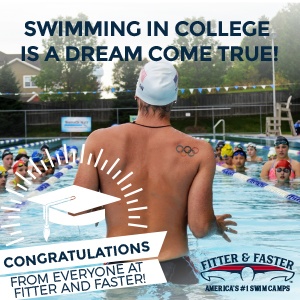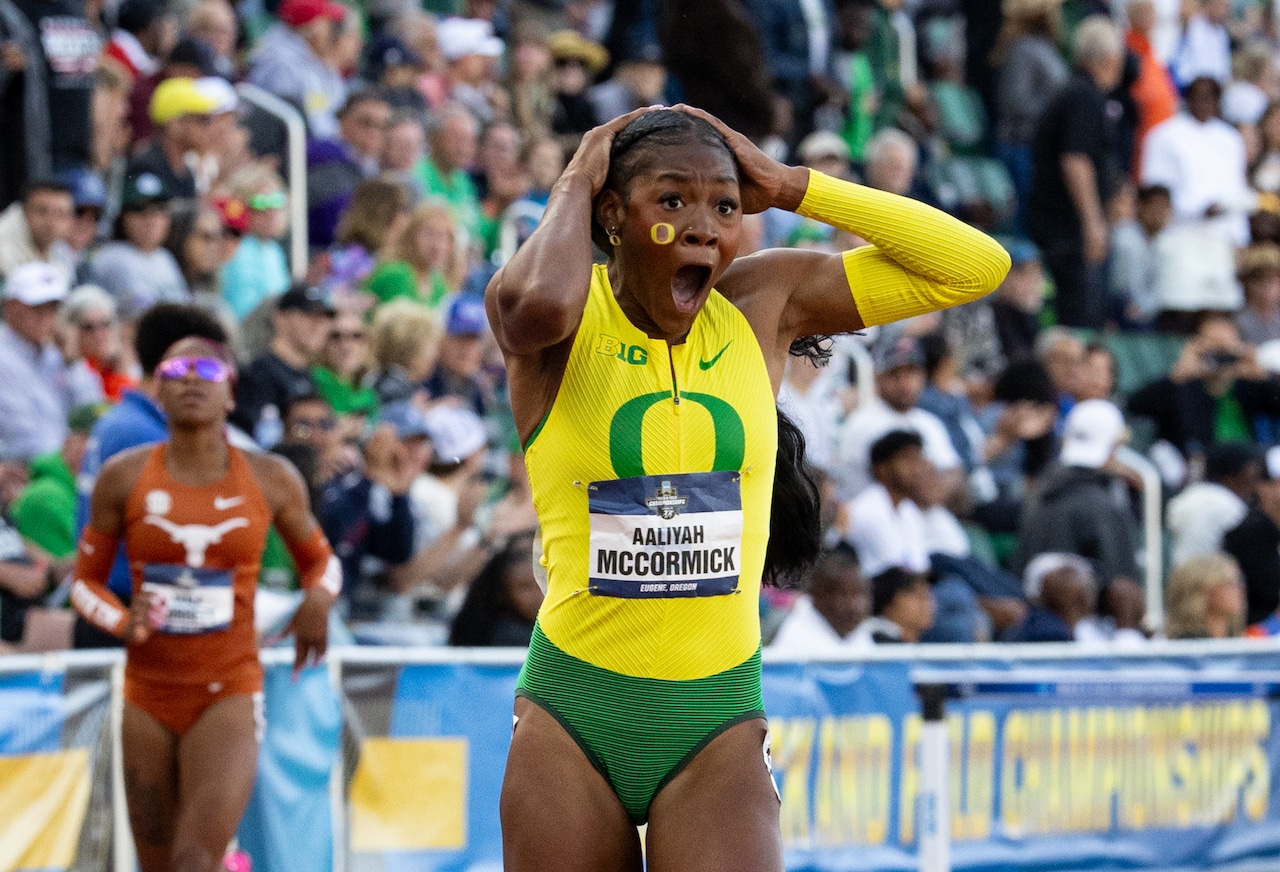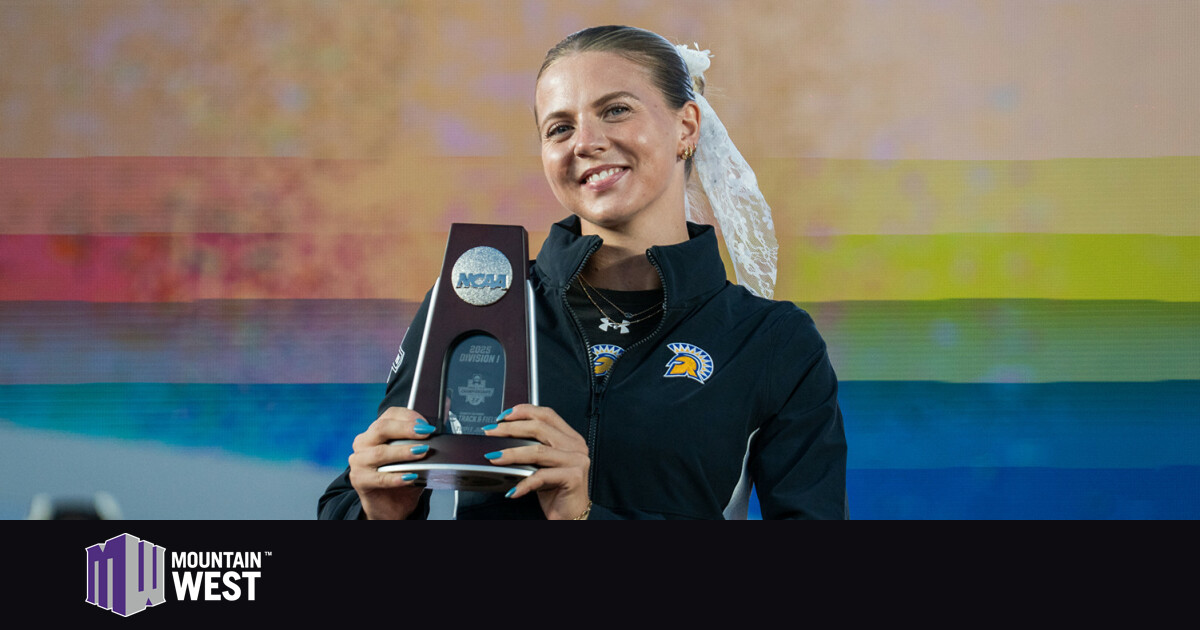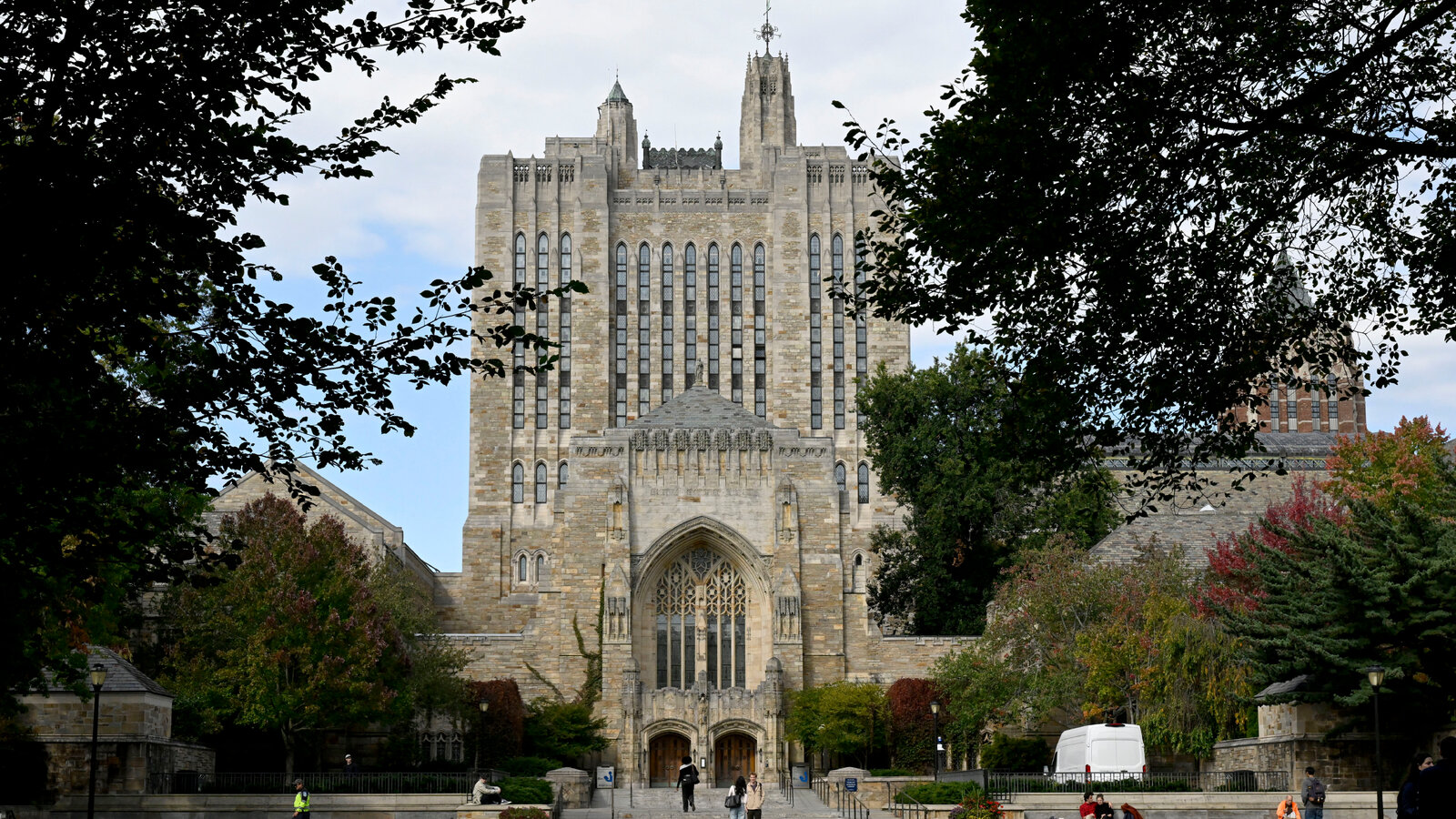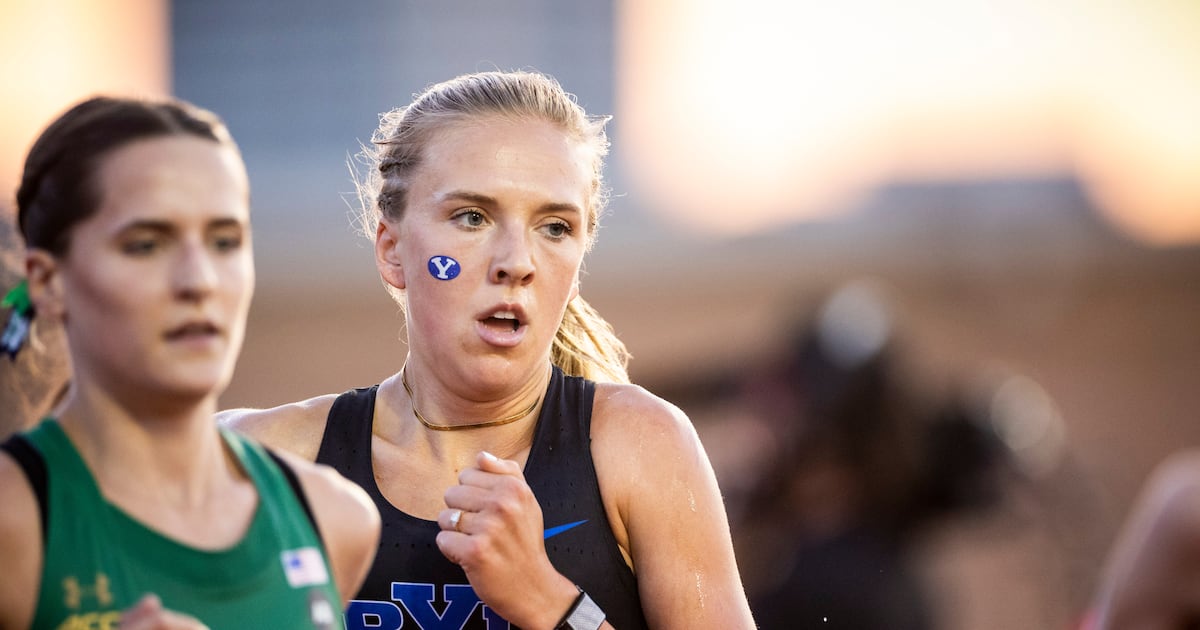The landscape of college athletics is shifting—and fast. With the House settlement accelerating the move toward athlete employment and revenue sharing, athletic departments are facing unprecedented financial and operational challenges. In this new reality, many are asking: What role could private capital play in reshaping the business model of college sports?
In this conversation, recorded at the 2025 NACDA Convention, ADU sits down with Ohio State Athletic Director Ross Bjork and Sequence Equity Managing Partner Marcus Stroud for a wide-ranging discussion on the future of Power 4 programs in a post-House world. From joint venture deal structures to the evolving responsibilities of athletic directors, this dialogue offers a foundational look at how private equity might enter the space—and what it will take for universities to navigate the opportunities and risks ahead.
Because the majority of athletic departments (and universities) are nonprofit entities, direct ownership by private firms is not feasible. Instead, private capital deals will likely take the form of joint ventures (JVs), with the athletics department setting up a separate vehicle (e.g. LLC) and then contributing commercial rights such as sponsorships, ticketing, media, and intellectual property.
At the conference level, deal execution is more complex. Buy-in from all member schools is often required. But the potential benefits are significant. Conferences could contribute their media rights, league IP, and new commercial ventures into a JV structure, enabling both parties to share in upside from future media deals or revenue generated by ancillary businesses.
At the institutional level, deal execution may be more straightforward, though still sensitive. Here, schools might move assets—like ticketing operations, licensing rights, or NIL-related programs—into a JV structure backed by outside capital. That capital could be used to modernize infrastructure, support athlete compensation, or build long-term commercial capabilities.
To maintain nonprofit compliance, the financial structure may resemble a mix of preferred equity and secured debt. In essence, private firms are not “buying” athletic departments (at least not likely at the P4 level) but instead positioning themselves as capital partners in new revenue-generating businesses that sit alongside them.
What makes a program “investable”? Likely factors include:
- Direct control of media and sponsorship assets
- Large or engaged alumni base
- Operational efficiency and cost controls
- Scalable commercial infrastructure
- A forward-thinking administrative team with a willingness to engage external capital partners
Challenges remain. Many universities—especially public institutions—are constrained by state-level oversight, transparency rules, and political considerations. There is also a perception issue: some stakeholders view private equity as incompatible with the mission of higher education.
Ultimately, for schools facing new financial obligations to athletes, private equity offers one path to proactively build the infrastructure and operating model needed to remain competitive. The key is structuring these partnerships in a way that protects institutional values while enabling innovation.
The conversation is indexed below for efficient viewing (click the time stamp to jump to a specific question/topic).




